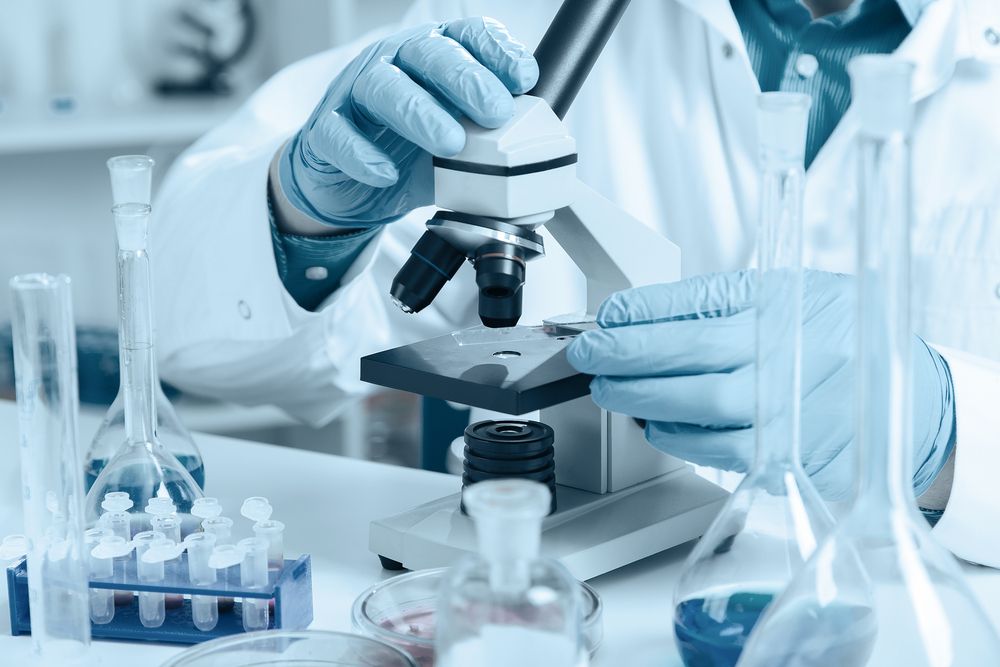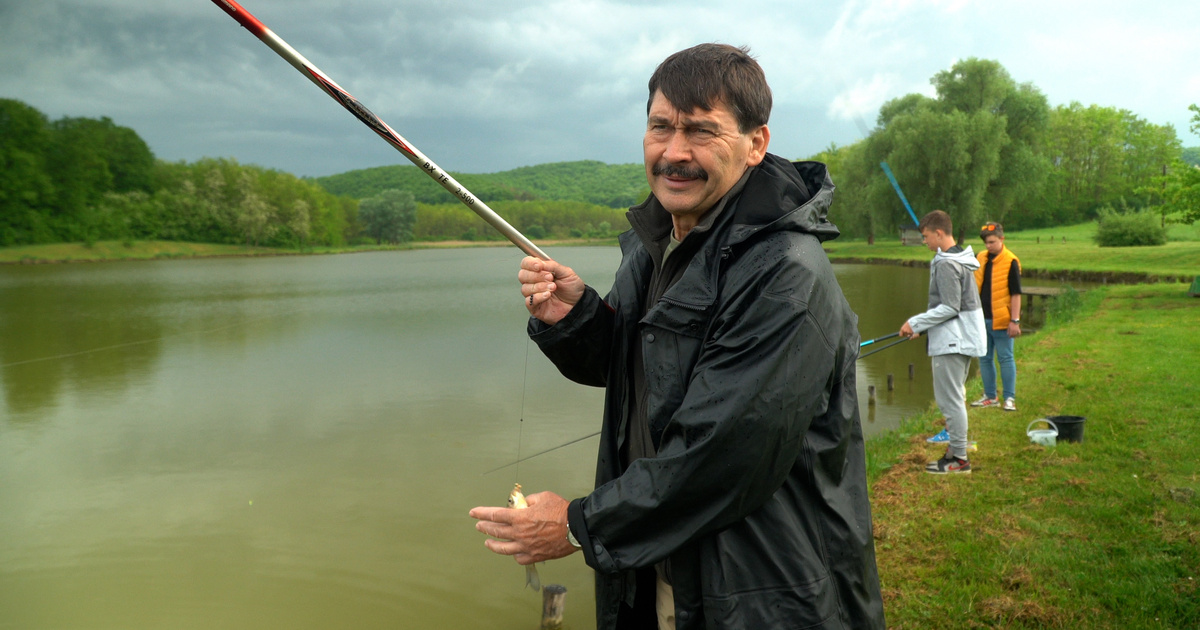Since arthritis affects tens of thousands of people in Hungary, but currently known treatment methods are not effective for everyone, it is important to conduct more and more research to find out if there is another way to prevent the development of the disease. A research group from the Hungarian Academy of Sciences (MTA) and Semmelweis University (SE) is working on this and has come up with a new idea.
Image: Shutterstock
Tamas Nemeth, head of the Translational Rheumatology Research Group MTA-SE Lendület, noted that even ever-improving diagnostic capabilities could make the situation even bleaker, since more sophisticated methods are able to identify and triage causes:
In the past, it was said that many cases of autoimmune arthritis were simply caused by rheumatism, while in many cases the true cause was unknown.
At the same time, it may be true that the number of systemic autoimmune diseases, including autoimmune arthritis, is actually increasing, the main cause of which is some environmental factors, such as nutritional influences, chemicals or newer infectious agents. The research group is focusing on the process of development of such diseases, the pathological mechanism, and is trying to map and understand them.
What are the symptoms?
The starting point is that these infections are not directly caused by infection, but their own components turn against the body due to insufficient regulation of the immune system. These arthritis are relatively common, the most famous being rheumatoid arthritis, which affects sixty to seventy thousand patients in Hungary.

Image: Shutterstock
Symptoms and consequences may include:
- Swollen joints
- chronic pain in the joints,
- Inflammation can lead to joint deformities,
- In severe cases, even inability to work.
It is clear that all this can have a strong impact on the quality of life, moreover, for many people, including those for whom currently known methods are not very effective. This is why research is needed to look for weak points in diseases, to see if a new weak point will be found, giving hope that it will be treated in a different way, but more effectively.
What happens to the immune system?
One of the group’s new research focuses on so-called synovial fibroblasts.
In the normal state, it produces substances that help smooth movements. However, in the case of autoimmune arthritis, their function changes, and they transform into a type of aggressive, tumor-like cell, and are involved with immune cells in the development of joint infections, such as rheumatoid arthritis. Moreover, they damage cartilage and bones.
If we get to know their signaling processes better, and perhaps can target them in the future, we may be able to treat patients with autoimmune arthritis in a way that does not reduce the overall function of the immune system, for example against infections.
Tamas Nemeth said.

Image: Shutterstock
Current treatments completely block the functioning of the immune system, which is why a side effect of treatment may be an increased risk of infection and, in extreme cases, even the risk of tumor formation. These can be avoided by taming synovial fibroblasts.
It is also being tested on mice and humans
Since these are not immune cells, according to the theory, it is also possible to block them without significantly harming the immune system.
An additional benefit is the possibility of treating patients who do not respond to current treatments or respond only partially.
“In our studies, we use a mouse model based on active and passive immunization to investigate autoimmune arthritis. It is important to use several models in parallel, because there is no animal model whose processes fully correspond to the human disease course.” -Detailed by Tamas Nemeth. He added that they are also associated with two orthopedic centers in Budapest, so, with ethical permission, they also use samples from the synovium of rheumatoid arthritis patients for laboratory tests.









































